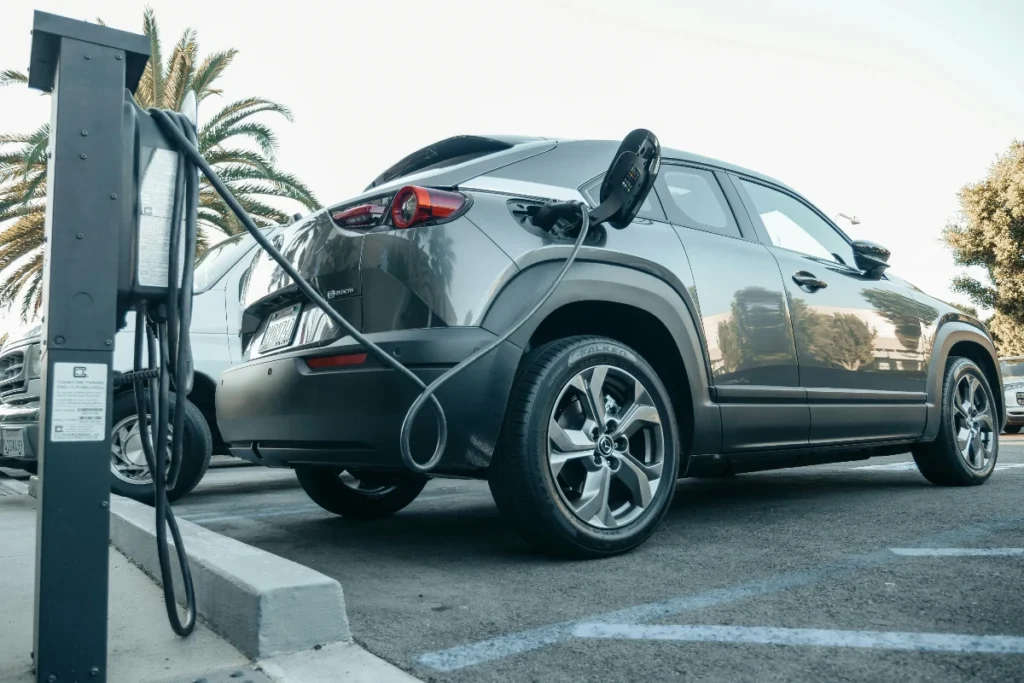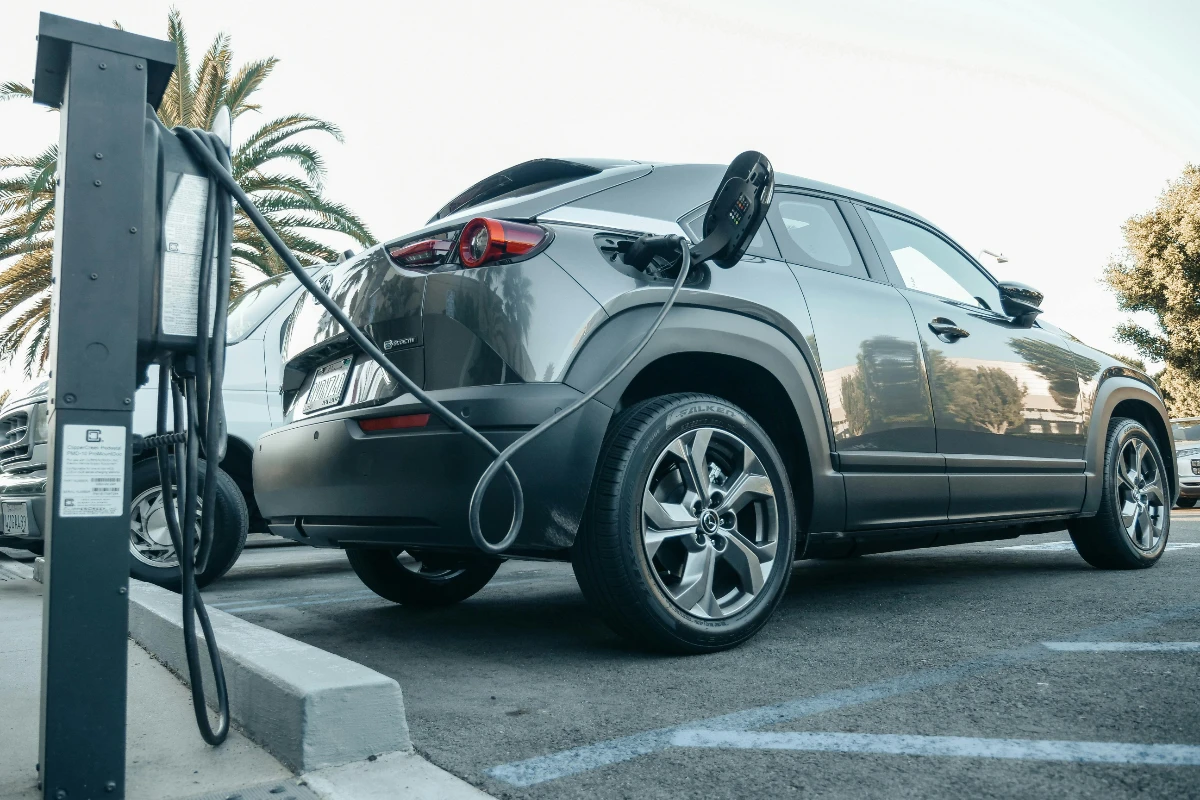In an era where clean energy and grid reliability take center stage, the US Distributed Energy Resource (DER) market is poised for tremendous growth. The projected capacity expansion and capital expenditure trends indicate a promising future for renewable energy sources, particularly in the context of federal incentives and evolving energy demands. This article explores the implications of the US DER market’s rapid growth, its impact on energy demands and research and development, and the role of electric vehicle (EV) companies in supporting this transformative journey.

Understanding the US DER Market Landscape
According to a recent report by Wood Mackenzie, the US DER market is expected to nearly double in capacity by 2027, reaching new heights in energy generation.
This expansion is fueled by several key factors, including federal incentives such as tax credits and grants, which encourage the adoption of distributed energy resources.
Additionally, the need for grid reliability and the pursuit of cleaner energy solutions have further propelled the market’s growth.
Key Implications for US Energy Demands
The surge in distributed fuel-based generation and distributed storage represents a paradigm shift in the US energy landscape. The distributed fuel-based generation market is forecasted to grow by an astonishing 240%, providing a decentralized and reliable energy source1. On the other hand, the distributed storage market is set to soar by 460%, ensuring energy resiliency and optimizing renewable energy integration.
One of the most notable developments is the rise of electric vehicle (EV) chargers in the DER market. By 2027, EV charger capacity is expected to surpass distributed solar installations, marking a significant milestone1. The EV charging infrastructure market is projected to reach a staggering $20 billion, with residential Level 2 and public DC fast-chargers leading the segment2.
This growth aligns with the increasing demand for electric vehicles and the imperative to expand the charging network to support their widespread adoption.
Research and Development Opportunities
The transformation of the US DER market presents immense research and development opportunities. As the industry strives for clean energy integration, advancements in energy storage technologies will play a vital role. Innovations that enhance the efficiency, cost-effectiveness, and scalability of distributed storage systems will be crucial for meeting future energy demands. Likewise, EV companies have a pivotal role to play in developing and deploying cutting-edge charging technologies, improving charging speeds, and expanding charging infrastructure to meet the growing EV market’s needs.
What EV Companies Can Do to Drive Transformation
Electric vehicle companies are well-positioned to capitalize on the evolving US DER market. To drive transformation and capitalize on the projected growth, EV companies should consider the following strategies:
Collaborate with Energy Stakeholders
Partnering with utilities, grid operators, and renewable energy developers can create synergies and facilitate the integration of EV charging infrastructure with renewable energy sources. Joint initiatives and strategic alliances can accelerate the deployment of charging stations, promoting the widespread adoption of electric vehicles.
Invest in Charging Infrastructure
EV companies and municipalities looking to produce “Smart Cities” should prioritize investment in charging infrastructure, particularly in high-traffic areas and along major transportation routes. Expanding the charging network will alleviate range anxiety concerns and boost consumer confidence in electric vehicles.
Focus on Fast-Charging Technologies
Developing fast-charging technologies that minimize charging times and improve convenience will be pivotal in encouraging EV adoption. Research and development efforts should concentrate on enhancing charging speeds while maintaining safety and efficiency standards.
Embrace Smart Grid Integration
EV companies can play a crucial role in smart grid integration by implementing bidirectional charging technologies and vehicle-to-grid (V2G) systems. These innovations enable EVs to act as distributed energy resources, supporting grid stability and enabling grid services when the vehicles are not in use.
Customer Education and Outreach
Educating consumers about the benefits of electric vehicles, the expanding charging infrastructure, and the role of EVs in the broader DER market will foster increased adoption. Outreach programs, online resources, and partnerships with local communities can help raise awareness and dispel misconceptions about electric vehicles.
The US DER market’s remarkable growth presents vast opportunities for renewable energy adoption, grid reliability, and the electric vehicle industry. The projected expansion in distributed fuel-based generation, distributed storage, and EV charging infrastructure opens new avenues for innovation and collaboration. By embracing research and development, investing in charging infrastructure, and fostering partnerships, energy companies can be at the forefront of this transformative market, supporting a sustainable and clean energy future for the United States.
Sources:
Wood Mackenzie. (2023). US Distributed Energy Resource market to almost double by 2027. https://www.woodmac.com/press-releases/us-distributed-energy-resource-market-to-almost-double-by-2027/
Wood Mackenzie. (2023). Transformation in the US distributed energy resource market. https://www.woodmac.com/news/opinion/transformation-distributed-energy-resource-market/
